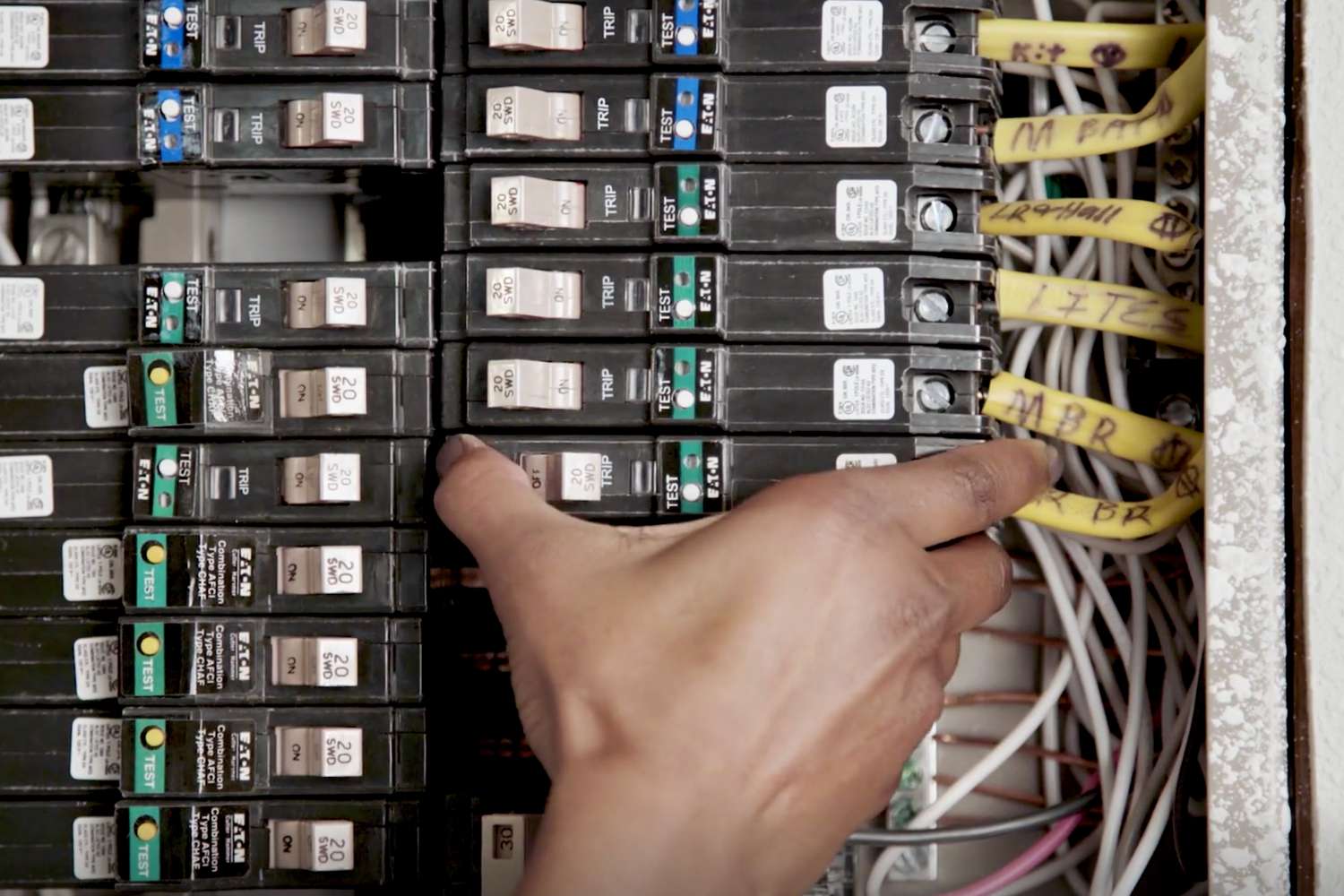Circuit breakers play a crucial role in safeguarding our homes and workplaces from electrical hazards. They act as a crucial barrier between our electrical systems and potential dangers such as electrical overloads, short circuits, and faults.
However, there are situations where it becomes necessary to remove a circuit breaker from a panel box, whether it’s due to upgrading the electrical system, replacing a faulty breaker, or making repairs. It is important to approach this task with caution and follow proper procedures to ensure the safety of both yourself and your electrical system.
In this guide, we will break down the steps involved in safely removing it from a panel box, providing you with the knowledge and confidence to tackle this task effectively.
Step 1: Turn Off the Main Power Supply
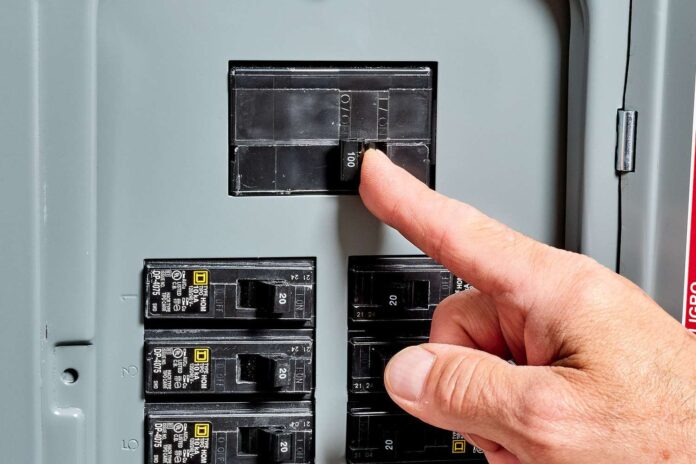
Before starting any work on the electrical system, the first and most crucial step is to turn off the main power supply. This ensures that there is no electrical current flowing through the circuit breaker and eliminates the risk of electric shock.
Locate the main service panel and identify the main switchboards or circuit breaker. Flip it to the “off” position, cutting off power to the entire panel. It’s important to emphasize that working on live electrical circuits is extremely dangerous and should never be attempted.
Step 2: Wear Appropriate Safety Gear
Safety should always be a top priority when working with electricity. Before proceeding, ensure that you are wearing appropriate safety gear. This includes insulating gloves, safety goggles, and protective clothing to minimize the risk of injury. Additionally, ensure that your working area is well-lit and free from any potential tripping hazards.
Step 3: Identify the Circuit Breaker to Be Removed
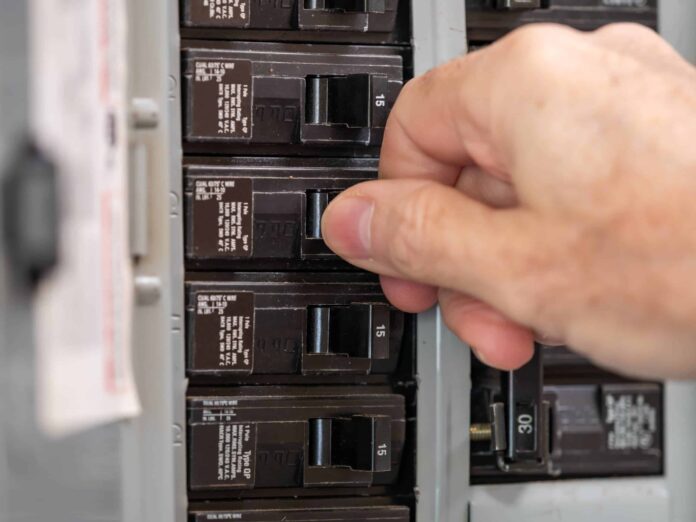
Take a moment to identify the specific circuit breaker that needs to be removed. Each breaker is typically labeled to indicate the area or appliance it serves.
Refer to your circuit breaker directory or label to accurately identify the circuit you intend to work on. This step helps prevent any confusion and ensures that you are working on the correct breaker.
Step 4: Switch Off the Breaker
Locate the circuit breaker you want to remove within the panel box. Once identified, switch it to the “off” position. This deactivates the circuit and ensures that no electrical current is passing through it. Double-check that the breaker is in the correct position by verifying that the connected circuit or appliance is no longer receiving power.
Step 5: Confirm Power is Off with a Voltage Tester
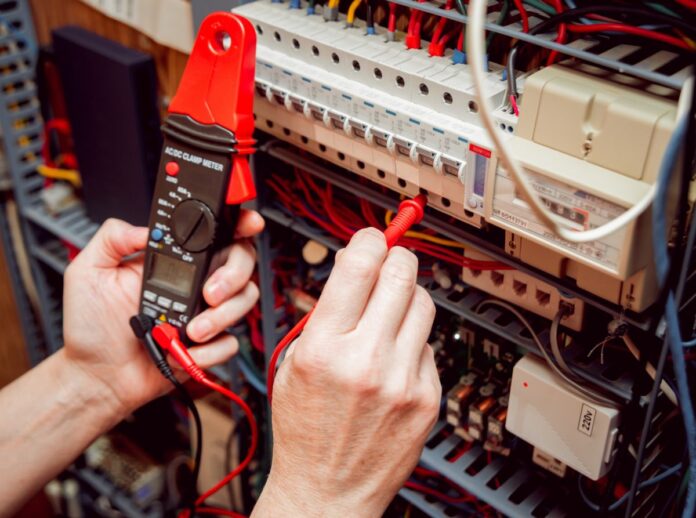
To ensure that the circuit is truly de-energized, it’s essential to confirm the absence of voltage using a voltage tester. Carefully follow the manufacturer’s instructions for your specific voltage tester model.
Place the voltage tester’s probes on the circuit breaker terminals to verify that there is no electrical current present. This extra step provides an additional layer of safety by confirming the power is truly off.
Step 6: Loosen the Circuit Breaker Connections
With the power off and confirmed, you can now proceed to loosen the connections of the circuit breaker. Use a suitable screwdriver to loosen the terminal screws that secure the wires to it. Take note of the wire configuration and make a mental or written note of their positions to ensure correct reinstallation of the new breaker.
Step 7: Gently Remove the Circuit Breaker from the Panel
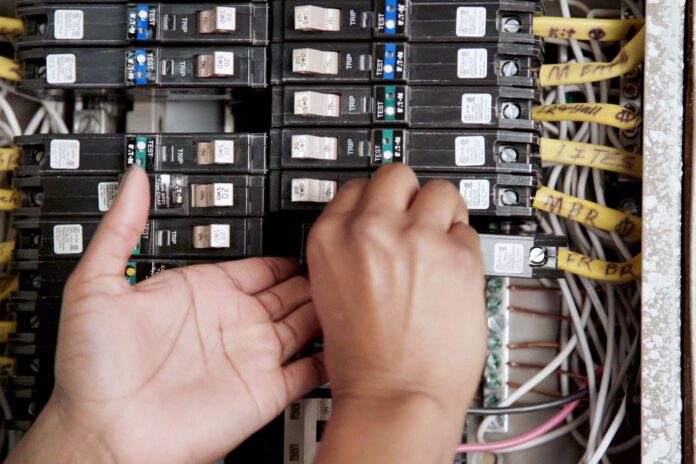
Once the connections are loosened, you can gently remove the circuit breaker from the panel. Hold the breaker firmly by its body, not the terminals, and carefully pull it straight out. Avoid excessive force or twisting, as this can damage the panel box or the breaker itself. The breaker should come out smoothly without any resistance.
Step 8: Inspect for Any Damage or Wear
After removing the circuit breaker, take a moment to inspect it for any signs of damage or wear. Look for cracks, discoloration, or burnt marks on its body or terminals.
Check the condition of the wires connected to the breaker for any fraying or loose connections. If you notice any issues or abnormalities, it is advisable to replace it rather than reinstalling it.
Step 9: Properly Dispose of the Circuit Breaker
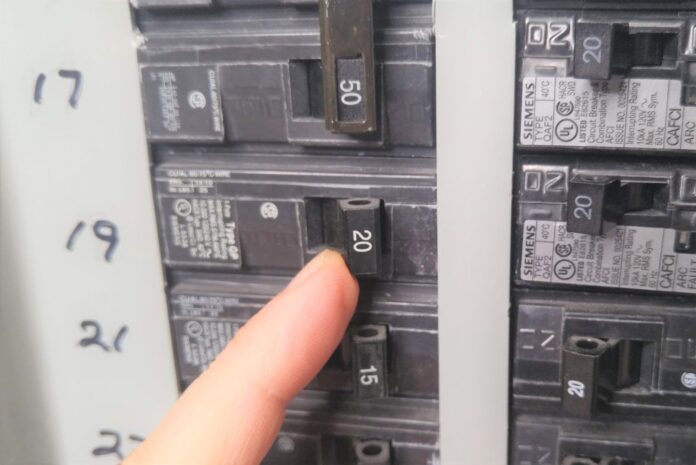
Once you have safely removed a circuit breaker from a panel box, it’s important to properly dispose of it. Improper disposal can pose environmental hazards and may even be against local regulations.
Before disposing of the circuit breaker, it’s a good idea to wipe it clean and remove any dust or debris. This will help prevent contamination and make it easier to handle. If the breaker is still in good condition and functioning properly, you may consider donating it to organizations or individuals in need of spare electrical components.
If the circuit breaker is damaged or no longer functional, it’s important to ensure it is not thrown into regular household waste or landfill. Circuit breakers may contain hazardous materials such as mercury or other toxic substances.
Improper disposal can lead to pollution of soil and water sources. By following proper disposal procedures, you can contribute to a cleaner and safer environment.
Conclusion: Safely Removing a Circuit Breaker is Essential
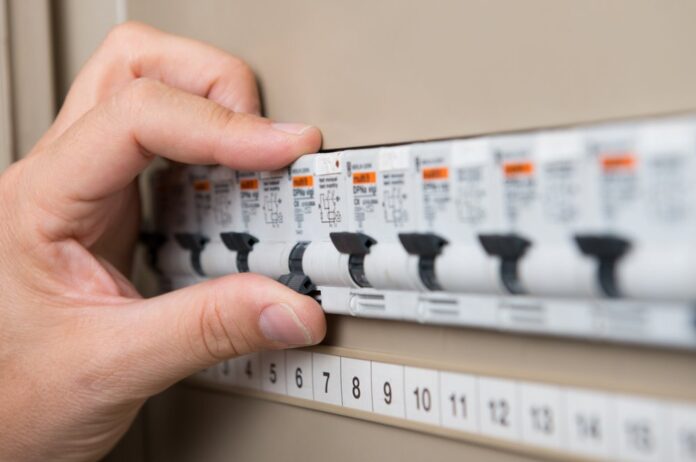
In conclusion, safely removing a circuit breaker from a panel box is a task that requires caution, attention to detail, and adherence to proper procedures. Removing it should not be taken lightly.
It is important to understand that if you are unsure or uncomfortable with any step of the process, it is best to consult a qualified electrician. They have the expertise and experience to safely handle electrical tasks and can provide guidance specific to your situation.
By following the guidelines in this blog post, you can confidently remove a circuit breaker from a panel box when needed. Remember, safety should always be the top priority when working with electricity.
Taking the necessary precautions and following proper procedures will help protect you, your property, and those around you. Stay safe and take care when working with them.

